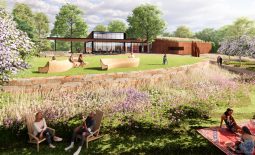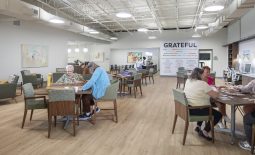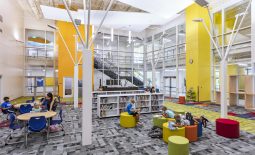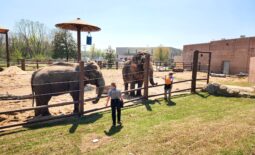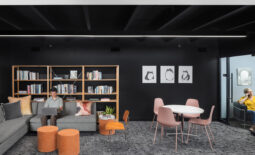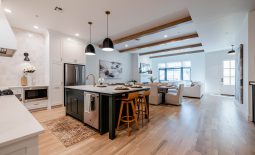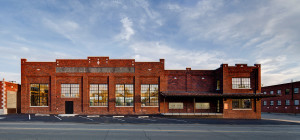The Arts & Humanities Council of Tulsa has been making the arts more accessible to the community since 1967 in Tulsa’s historic Harwelden Mansion. While Harwelden has long been a venue for events and arts organizations, it lacked the rough and tumble nature of a space conducive to creating art.
In 2004, the council began searching for a new location that spoke art. They found it in the Brady Arts District, a neighborhood with deep Tulsa roots and an up-and-coming arts scene.
AHCT collaborated with artists, educators, curators, preparators, administrators, technicians, galleries, arts facilities and the community. At every turn, the Council asked: How will this positively impact our mission? How will this make the arts more accessible? These questions became the unspoken mantra of the design process.
Fitting into a historic district and maintaining an aesthetic that speaks art to the community was an important design consideration. The honest materials, so prevalent within the Brady Arts District, drove the design vocabulary.
Perforated metal panels, extensive glazing and exposed concrete walls speak to the authenticity of the industrial aesthetic in the district. But when used in a seemingly different way, they truly speak art to the community. The collaboration between the site and the mission of the AHCT helped create a facility that is honest, almost to a fault.

